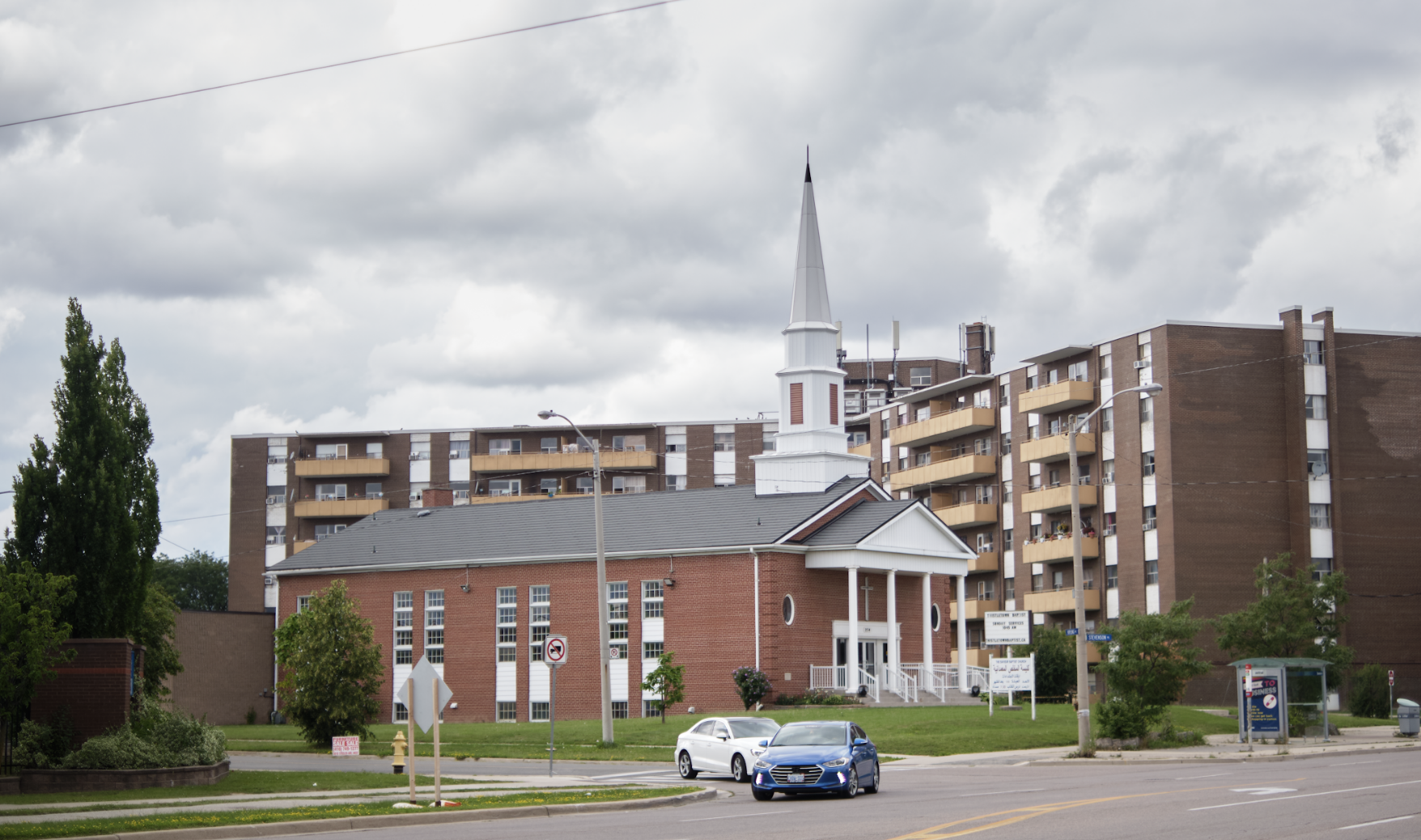New Approaches to Considering Policy for Inner Suburbs: Towards Equality of Neighbourhood Standing
Community Voices helps us think differently about how we support Toronto’s inner suburbs.

New Approaches to Considering Policy for Inner Suburbs: Towards Equality of Neighbourhood Standing
Community Voices helps us think differently about how we support Toronto’s inner suburbs.
Key points
- Inequality of standing refers to which voices and interests are taken into consideration in routine policy discussions. This is a central dimension of urban inequality, which Community Voices seeks to address.
- Residents’ amenity preferences are central to their definition of a successful neighbourhood, rather than an abstract notion of “community.”
- Resident perceptions of their neighbourhoods and government matter a great deal in shaping their overall satisfaction and sense of wellbeing.
- Taking inner-suburban experience seriously means moving beyond the urban-suburban dichotomy.
Hierarchies of neighbourhood standing and urban policy
Community Voices is an effort to speak to core problems of urban inequality facing Toronto in the 21st century. Urban inequality is complex, however, and involves multiple overlapping dimensions. While unequal material resources are a common thread across forms of social hierarchy, social theorists often identify three core dimensions of inequality in social relations: power, esteem, and standing (Anderson, 2012). Hierarchies of power give some groups authority to control or command others; hierarchies of esteem subject some groups to negative stereotypes or stigma; hierarchies of standing give individuals or groups occupying superior social positions special weight in the deliberations of others and in the routine functions of societal institutions. This third form of inequality occurs, for example, when policy-makers privilege the interests or views of groups such as homeowners or downtown residents over those of renters or inner-suburban residents.
Community Voices speaks to all three dimensions, but most directly it suggests an agenda for addressing this third form of social inequality in Toronto, inequality in standing. In particular, our study reveals ways for policy-makers to incorporate the voices, interests, views, and aspirations of the City’s inner suburban communities as part of their routine deliberations. To this end, Community Voices shows how Toronto’s inner suburban residents understand their neighbourhoods — what they value in their neighbourhoods, what they think could be improved, what policies they support, how they perceive local government. More specifically, in this report we have emphasised areas especially relevant to advancing our collective understanding of Toronto’s inner suburbs and formulating policies potentially conducive to their health and well-being. While the specific findings provide valuable information, perhaps the most fundamental contribution of our study is to provide tools by which policy-makers can work towards reducing inequality of standing between Toronto’s neighbourhoods, with a view toward combating tendencies to privilege the views and interests of downtown or upper status suburban communities.




